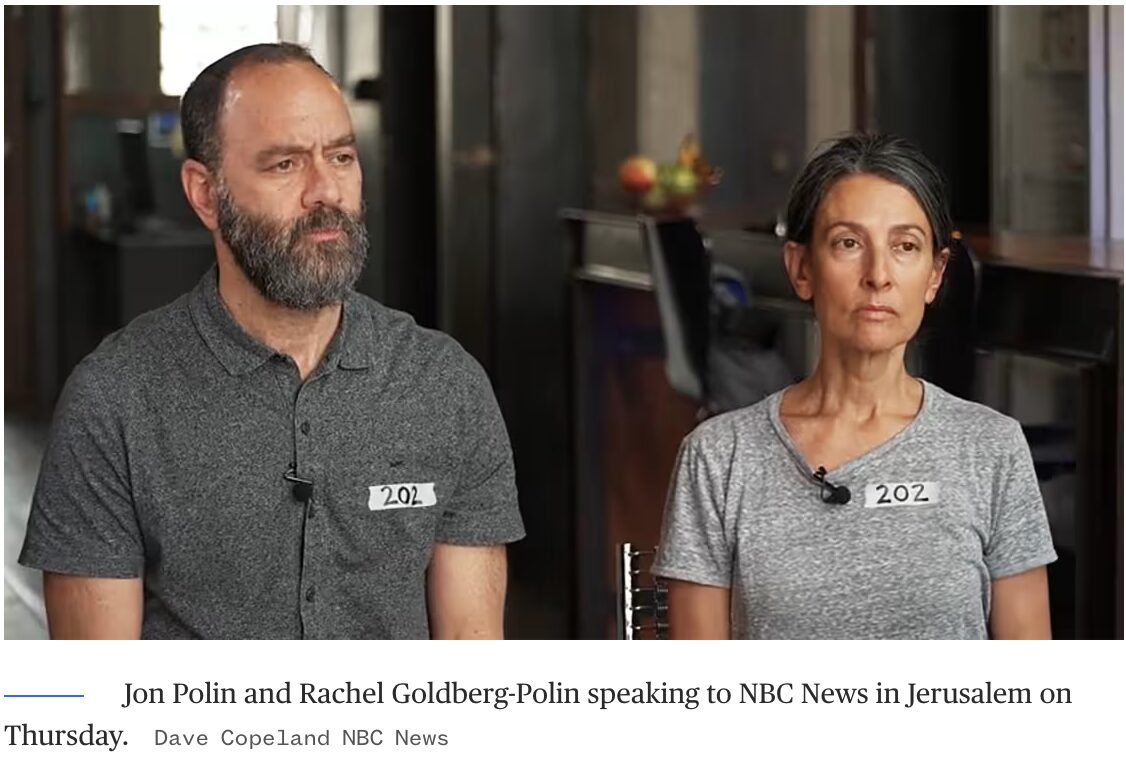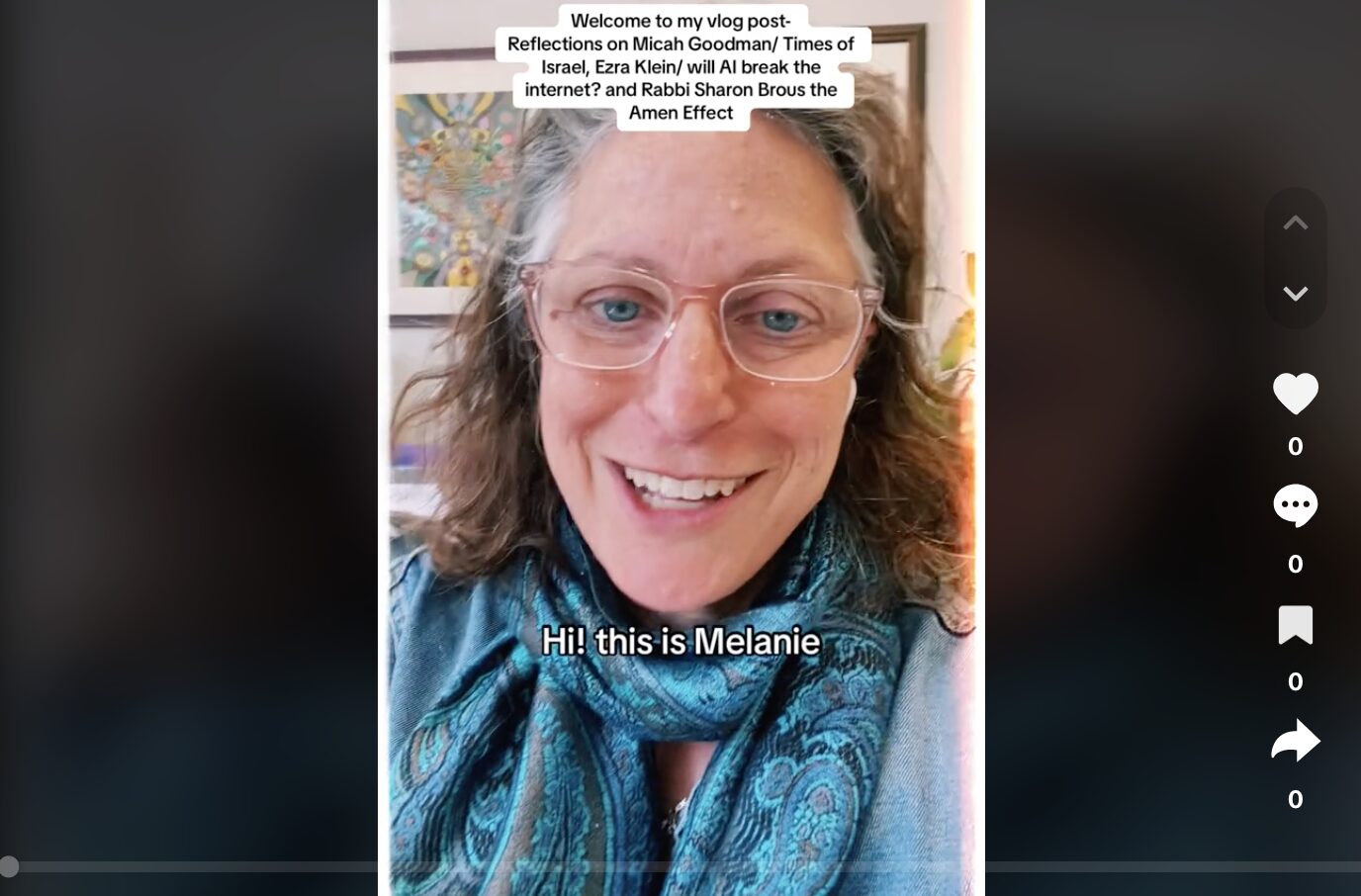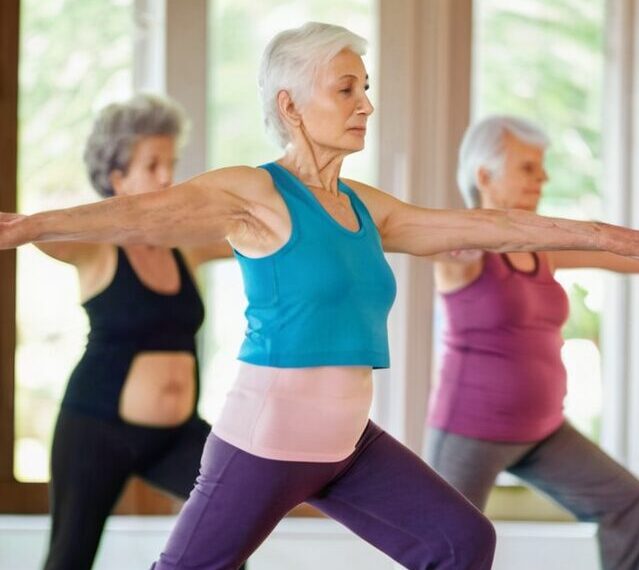NewYear, again? According to the rabbinic tradition there are four ‘new years’ every year – for months (moons), for animals (of the flock), for humans (Rosh Hashanah), and for trees. Kabbalah likewise understands that time also intersects with four worlds, existing simultaneously. These worlds have parallels in the elements (earth, water, air, fire), in the soul (nefesh, ruach, neshamah, yehidah), and in the Divine Nature/Name (yud, hey, vav, hey). The four cups of the Tu B’Shvat Seder tap these worlds… and the LifeForce flowing through them.
Tu B’Shvat Seder? What is that? Tu B’Shvat, or the 15th day of the 11th Hebrew month, Shvat, marks the fourth Jewish new year, the New Year for Trees. [Tu, with gematria, tet-vav, is a notation for 15.] This year, Tu Bishvat falls (or rises?) on February 3th at sundown. Why a new year for trees in the dead of winter? The Torah prohibits the pruning of a fruit-bearing tree prior to its 3rd year. The sages of ancient Israel, seeking a consistent way to calculate the ages of such trees, chose this date — when sap begins to rise in ‘winterized’ trees in Israel — as a collective birthday for all trees. In subsequent generations, this renewal of life was deemed by the rabbis to be significant enough to warrant an annual holiday. In the 16th century, a school of Kabbalists including Isaac Luria and Moses Cordovero, living in the city of Safed (Ts’fat) constructed an elaborate ritual for the occasion modeled after the Passover Seder. With four cups of wine, some fire, three species of tree-fruit, stories, songs, and a rich system of mystical symbols — a Tu B’Shvat Seder was born…born, but (like baby Moses) hidden from view and known to very few.
Today’s generation, inspired by a strong Jewish environmental movement, a strong Israel, and a renewed interest in Jewish mysticism has poured new wine into the four cups of wine of the Tu B’Shvat seder. But wait, there’s more…
New Moon
Another minor holiday worthy of our attention comes with every new moon. For Ancient Israel, Rosh Hodesh was a marked by the blowing of the shofar [ram’s horn], additional Temple rites, and for some communities, a day of rest for the women of the household. In Rabbinic writings, the moon represented both the people of Israel and the Divine presence (Shechinah), both seeming to come and go through cycles of dark…and light. Febraury’s new moon brings with it the month of Adar, and with Adar — Purim, and with Purim, joy, unbounded joy…oh yes, and President’s Day. Joy, on sale now, EPA approved! I say, choose to play, not in a mall, but off-road, on foot (or skis?), where you can see the forests, and hear the trees.
‘One who enters this month,’ we are taught, ‘should increase their joy.’ February is a month short on days, but big on opportunities for tapping into ‘natural’ JOY. Sometimes, when we are reminded that we are all ‘short on days,’ we are more successful at making the time we have ‘long on joy’ – in all four worlds. From ‘oy’ to ‘joy.’ If not now, when? Engender joy…En-joy.
Rabbi Jamie











0 Comments